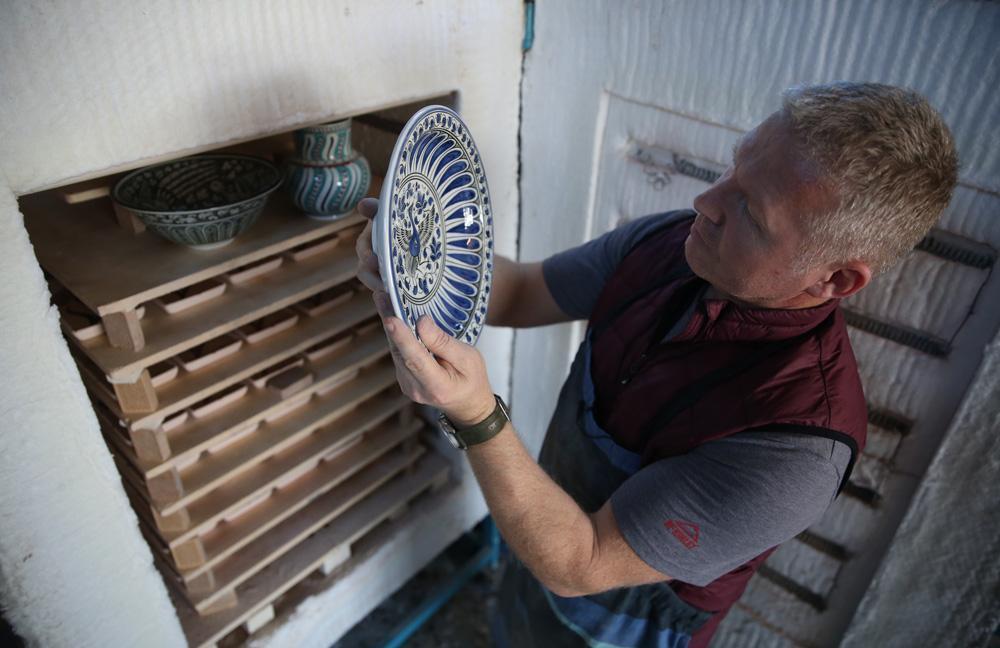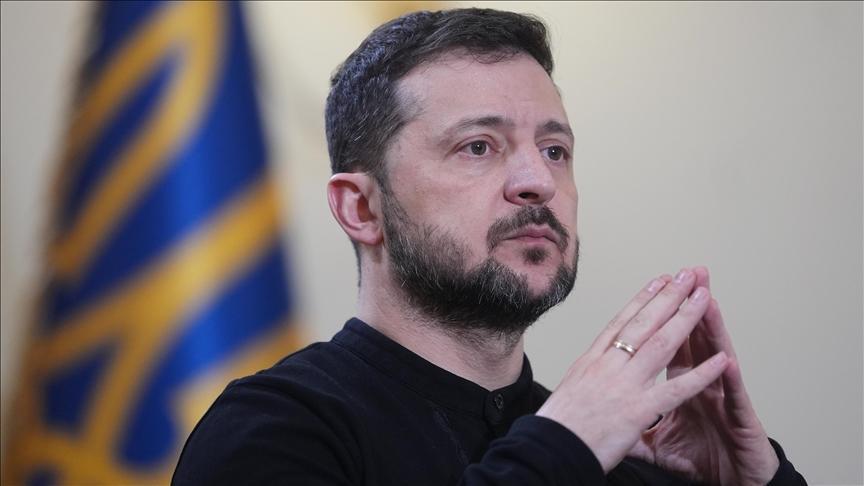Artist brings back art of Seljuk tiles
BURSA

İbrahim Kuşlu makes the exact replicas of Seljuk-era tiles in his atelier in the northwestern province of Bursa, using traditional methods and taking images of tiles in various history and auction books and museums as examples.
Tiles have been an integral part of the Turkish culture, with its roots stretching back to Central Asia.
The Seljuk-era tiles are on the UNESCO’s Intangible Cultural Heritage List.
Along with the Seljuk-era tiles, Kuşlu also produces the exact copies of tiles from the early Ottoman and Beylic periods as well as 16th century tiles.
Speaking to state-run Anadolu Agency, Kuşlu, 51, said his family migrated to Turkey from Bulgaria when he was 12 and was introduced to the world of ceramics at a small atelier in 1980. Since then, he has worked in different ceramic ateliers.
“I started working with the tile and ceramic master Professor Turgut Tuna. He sent me to Marmara University as a guest student. After completing a one-year program there I started working at Tuna’s atelier. I then got involved in tile-making,” he added.
After working for some time, Kuşlu opened his atelier, where he works with a team of four people to produce traditional ceramics and manufacture the exact copies of original Anatolian ceramics. When making the ceramics, they follow the exact same stages used in the past.
“To produce a tile, we make kiln from nature, grind quartz stone and mix it with glass. We mix this in a mill for seven to eight hours and prepare the dough. Later, we give shape to the dough, making it a cup, bowl or a vase. We apply coating on it. Then we make the design and dye it. We produce the dye from metal oxides. Then these cups dry in furnaces. Finally, we obtain the object after taking it out of the furnace,” he said.
But Kuşlu only makes the tiles upon orders because he does not have a financial source to make a stock.
“People who like tiles and collectors give us an order to make the tiles they see in museums or books. We produce the copies of them and deliver them. I use history books and tile photos in museums as example and try to make the exact copies,” he said.
“We are the best in reproducing this tradition. I like the Seljuk-era artifacts a lot and work on the replicas of bath tiles of the Kubadabad Palace. Interest in tile has recently increased. There are two or three ateliers that produce their own tools for tile production. There may be many people working on tiles but there are very few people who really know this art and its history,” he added.
















